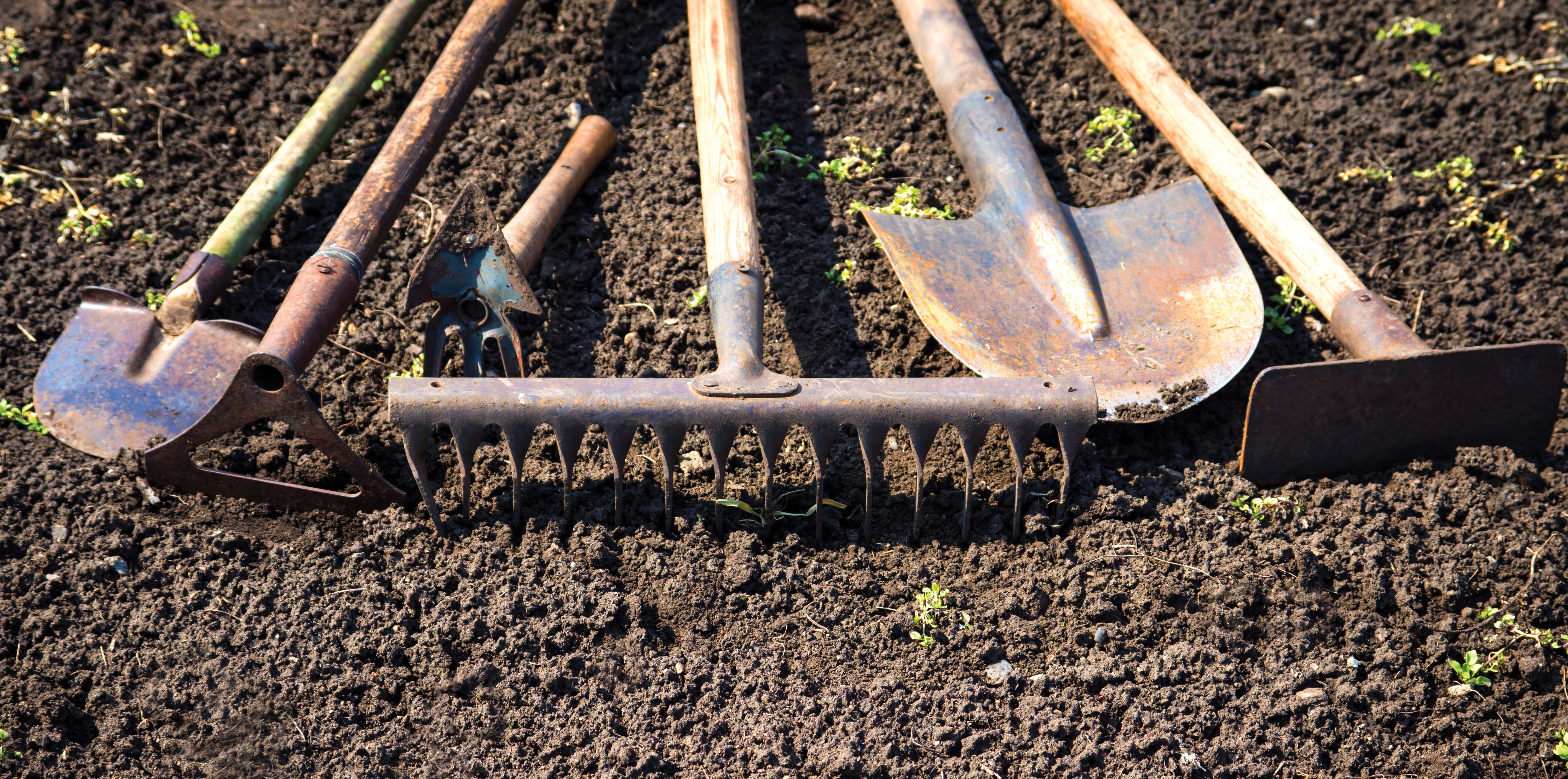Michael Dosset
If the quality of the product is anything less than premium, the price is going to be substantially reduced.
On January 23, 2014, Pierre Lemieux, Parliamentary Secretary for Agriculture Minister Gerry Ritz, announced the investment of just over $2.8 million for innovative production practices and pest management tools to support the berry industries in the Fraser Valley and Lower Mainland through March 2018. The largest portion of this investment is geared towards testing and developing new varieties. This announcement came just in time to breathe life into a breeding program that had been cut by Agriculture and Agri-Food Canada and is in the process of transitioning to the control of industry stakeholders.
Just what does this breeding program mean for berry growers in BC, and why should they continue investing in breeding? The short answer is that genetic improvement is the only way to make substantial and sustained gains in yield and quality over time. While redesigned mechanical harvesters, new chemicals and new production practices may help growers improve profitability and find ways to keep a berry from softening as quickly or losing flavour, you’ll never be able to make it firmer or better tasting at the outset unless you improve its genetics.
In an increasingly competitive world where producers everywhere are developing improved varieties to give themselves an edge, we must do the same or fall behind. As improvements in quality are made elsewhere, market demands and expectations will change accordingly; those who don’t follow suit will be left with nobody to sell their product to, or with only the ability to sell it at an unprofitable price. I think John Shelford said it best last February at the LMHIA Horticulture Grower’s Short Course in Abbotsford when he spoke about the blueberry market outlook: “If the quality of the product is anything less than premium, the price is going to be substantially reduced.”
While some growers already know this, it bears repeating that breeding requires a long-term commitment and long-term goals. A new variety may solve many problems for growers, but those solutions don’t come quickly. It takes about 15 years, sometimes more, for a new raspberry or blueberry to be developed, tested and released. Even at that point, there may be things we don’t know about its long-term potential, and a new variety might only be adopted by a handful of growers if any. A sustained effort of a certain critical mass is required for an improvement to become widely adopted.
Another thing many people don’t realize is that plant breeding operates at the interface of many disciplines, like plant nutrition, entomology, pathology, and post-harvest physiology. Breeding isn’t just about selecting something new or different so that growers have options about what to plant—it is about understanding the best ways to create, identify, and then select new things with the most potential and then working with others to manage the rest of the production system to realize that potential and provide growers with the best information and tools to repeat that success.
We are fortunate to have a great group of people with knowledge and expertise here in BC, as well as in Washington and Oregon. Only by pooling our knowledge and resources are we going to be successful in breeding new varieties that will strengthen our industry, That said, we have the right pieces and funding in place to be optimistic about the future for BC’s raspberry, blueberry, and strawberry producers.












